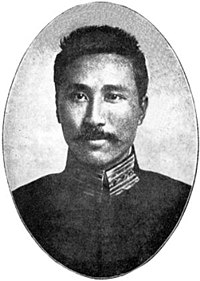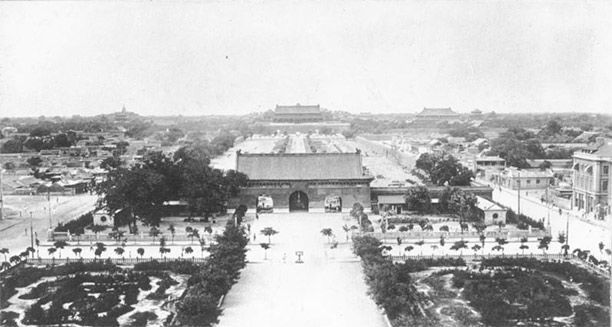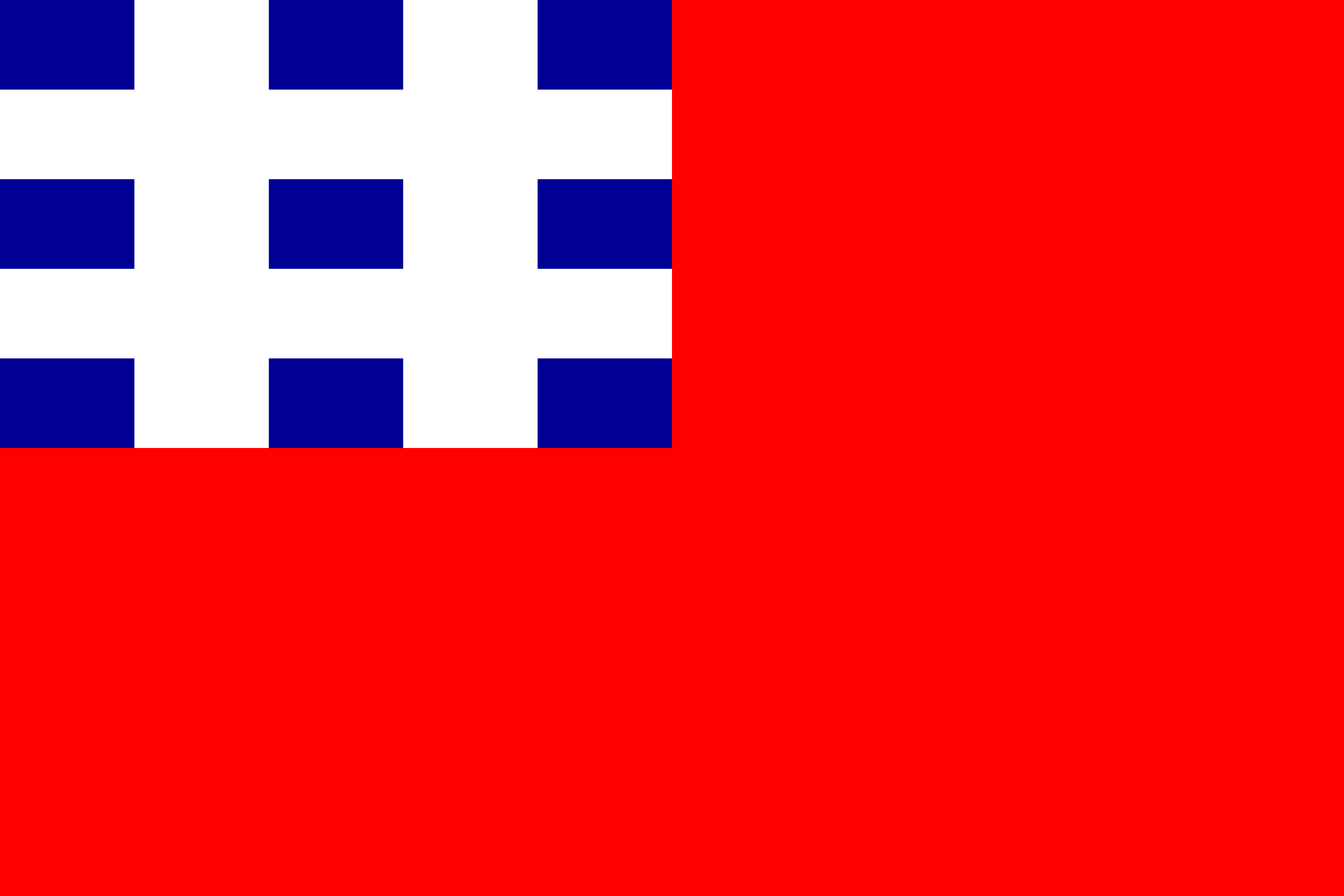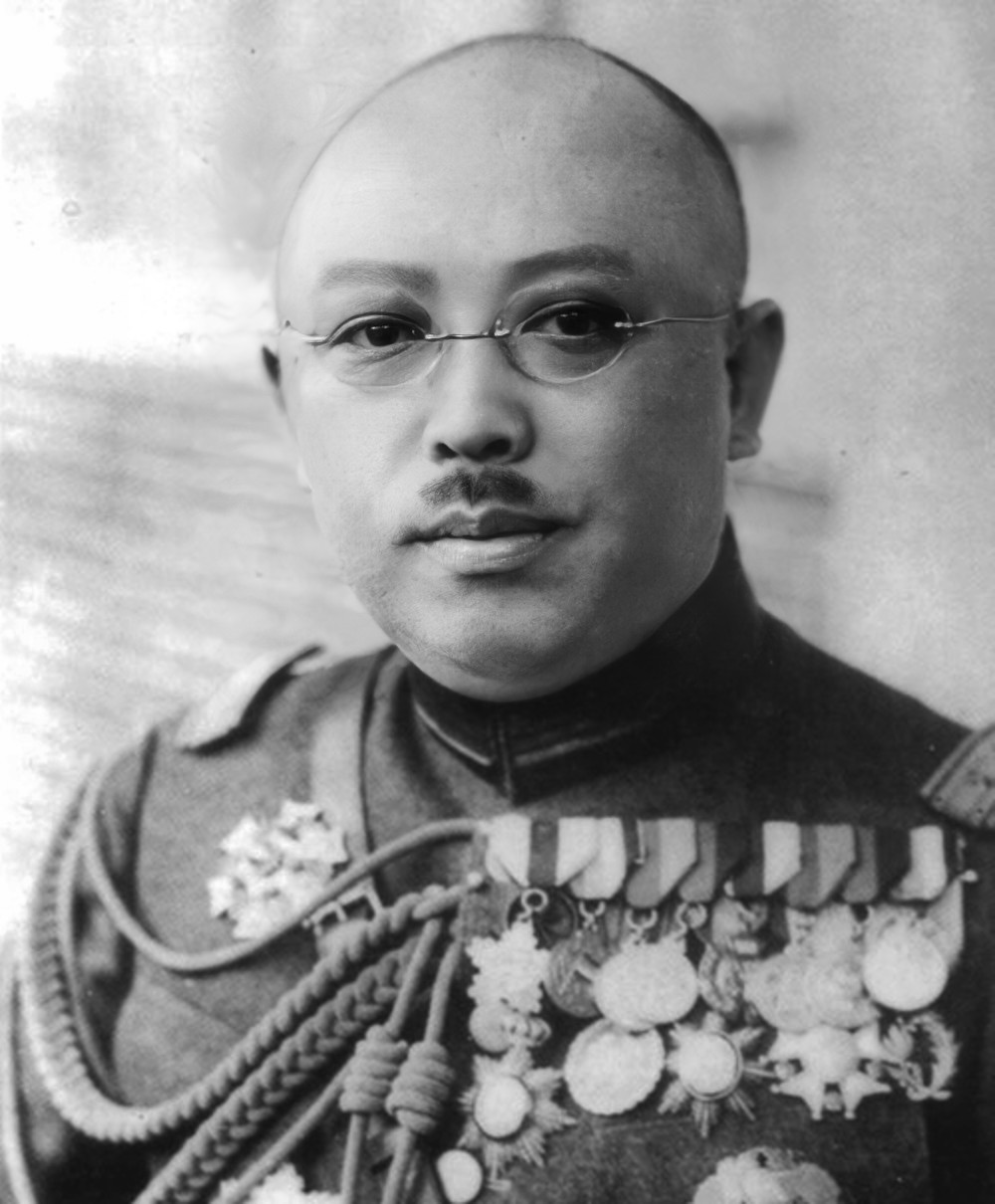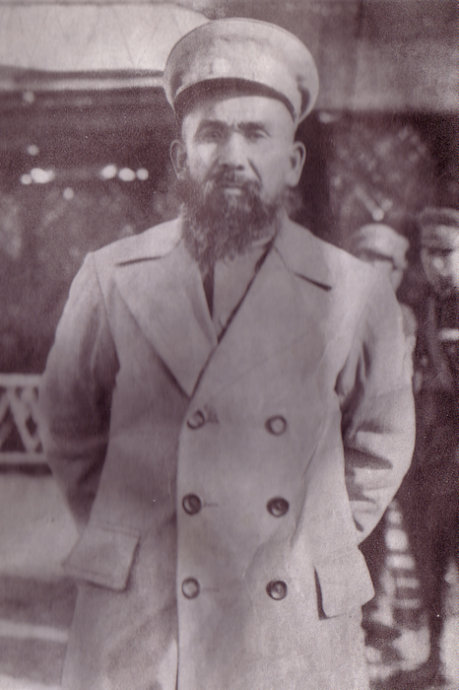This is certainly an interesting political position. A lot of the people that dominated OTL China have been brushed aside in Kaiserreich, leaving room for lesser known people. It's also nice to see democracy taking shape!
I'm trying to get a handle on Chen Jiongming's political views. You've mentioned anarchism, but the government seems heavily based on the United States. He seems some sort of moderate-left to me. Is that an accurate estimation?
I'll be curious to see where all this goes. High ambitions, but China can be a hard place to follow through.
I have to agree with Chen on this one, it's a bit of a crappy knockoff of the much more aesthetically pleasing KMT flag

So that's where all of OTL Chiang's clique ended up!
Well that's certainly an interesting change from OTL. Would Wang Jingwei be an important figure in this left-KMT, or does Kaiserreich do something else with him?
Why are they in prison? Was this because of the civil war? I'll be curious to see how Zhang Xueliang is as a leader. He doesn't strike me as a good politician, but perhaps I can be surprised. Was he still warlord of Manchuria in TTL?
Well that's good to hear, this was an interesting update!



